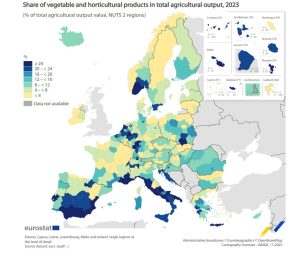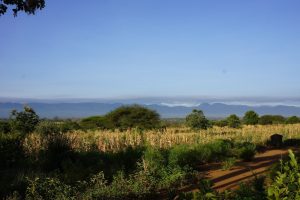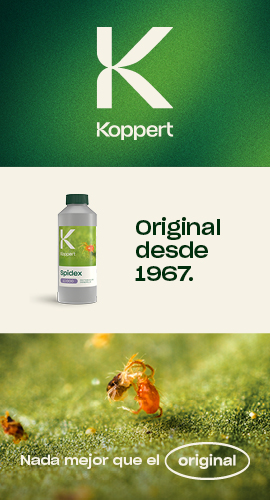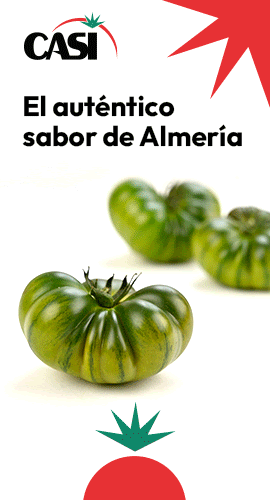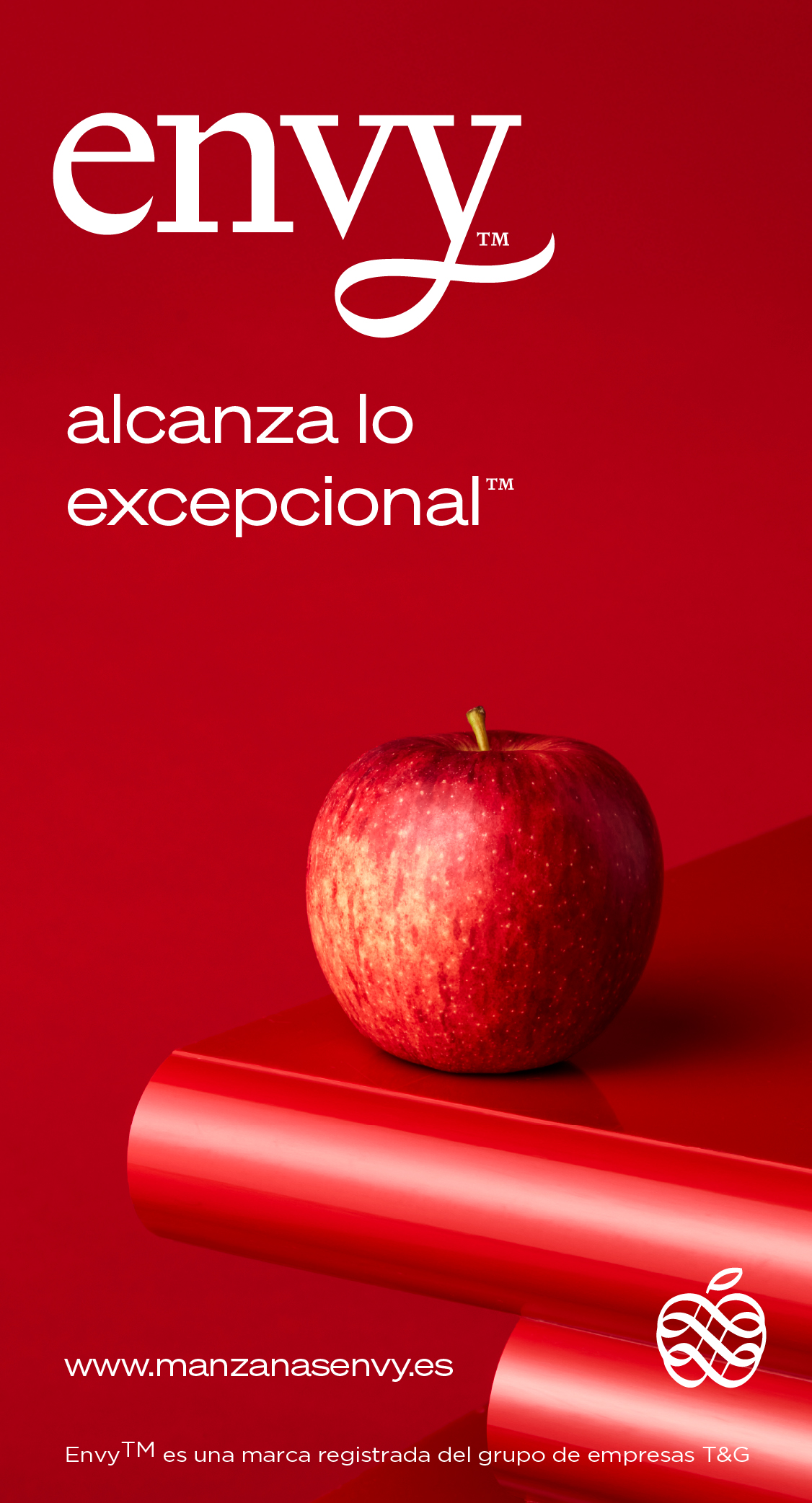Cricket has firmly established its organic range, particularly in markets like Germany, where organic consumption is deeply rooted. This segment now accounts for 10% of the company’s turnover, with 250 hectares dedicated to organic broccoli and cauliflower.
“While demand for organic remains steady, inflation has slowed its growth, especially in countries where it is not yet fully consolidated, such as Spain,” explains Antonia Piernas, Marketing and Communications Director. In contrast, stable markets like Switzerland, Denmark, Germany and the Nordic countries continue to show strong demand. “At Cricket, we remain committed to this segment to supply consolidated markets,” she adds.
Challenging broccoli campaign
In recent weeks, the company has been preparing for the summer brassica campaign. As specialists in these crops, Cricket closes the annual cycle, with production mainly destined for the Spanish market and small programmes for European clients.
At the same time, the company continues to make progress on sustainability, expanding its Biodiversity Grow programme to new farms. This initiative promotes continuous improvement and a progressive reduction in the use of phytosanitary products, reinforcing its commitment to the environment.
Each season has its own particularities, and this year will close with a slight decline in volume compared to last year: around 110,000 tonnes across broccoli, cauliflower, artichoke, bimi and cabbages.
By product, broccoli has faced difficulties. “The main cause is the percentage of surplus 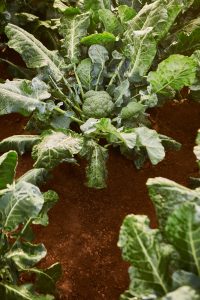 product outside of programmed contracts, driven by the relocation of production over the past two years. It’s also a commodity that has been subject to speculation, and we’re seeing growing price pressure in the markets. The Central European recession is beginning to have an impact.” The campaign only saw a mild recovery after the March rains, but that momentum couldn’t be carried over to the market due to competition from countries like Italy. Cauliflower faced a similar scenario.
product outside of programmed contracts, driven by the relocation of production over the past two years. It’s also a commodity that has been subject to speculation, and we’re seeing growing price pressure in the markets. The Central European recession is beginning to have an impact.” The campaign only saw a mild recovery after the March rains, but that momentum couldn’t be carried over to the market due to competition from countries like Italy. Cauliflower faced a similar scenario.
Artichokes stand out
In contrast, artichokes performed well, with stable prices both for the Blanca de Tudela variety—boosted by the processing industry—and for Green Queen, which is in high demand among major retailers. “The rain favoured their development and we expect to close May with very high-quality artichokes,” says Piernas.
Kale: barriers to consolidation
Although its commercial share remains modest compared to key crops like broccoli or cauliflower, kale is a strategic segment in Cricket’s brassica portfolio. The company grows it year-round, as it does with all other brassicas—except artichoke—and currently dedicates 35 hectares to this crop, which has been gradually gaining ground.
“We’ve seen steady growth, particularly among consumers looking for healthy options for salads, cooked dishes or smoothies.”
In the UK, Germany and the US, kale is fully integrated into the diet and commonly used in stews, sandwiches, or as a lettuce substitute. In Spain, “there’s potential, but it requires the right marketing approach to reach the average consumer.”
The main barriers, she notes, are the lack of culinary tradition, unfamiliarity with preparation methods, its more bitter flavour, and the perception that it’s a trendy product aimed at a very niche audience. “In addition, inconsistent presence on store shelves has hindered its consolidation. A targeted communication strategy—including recipes and messaging that position kale as an accessible, tasty and healthy option—would be key to boosting consumption.”














